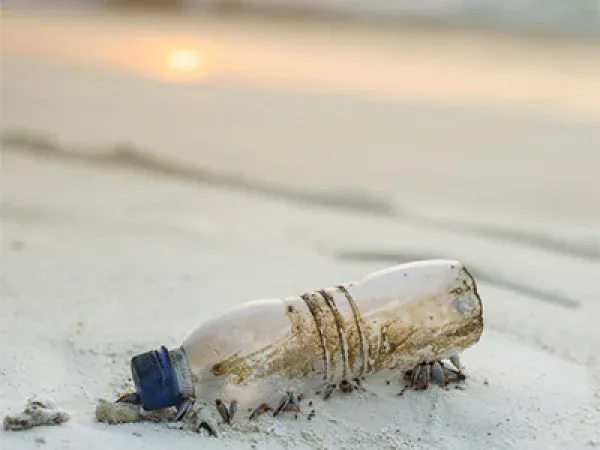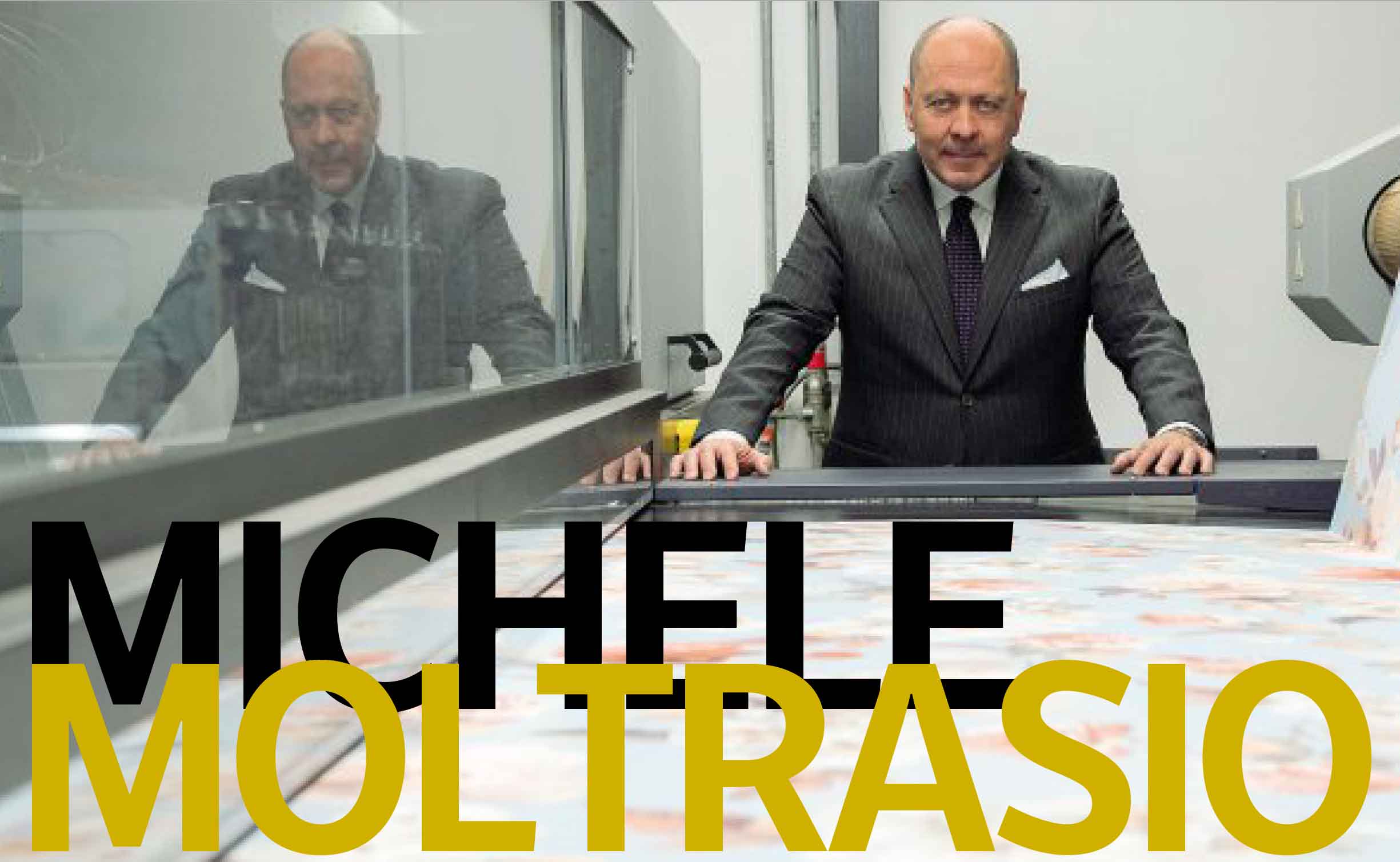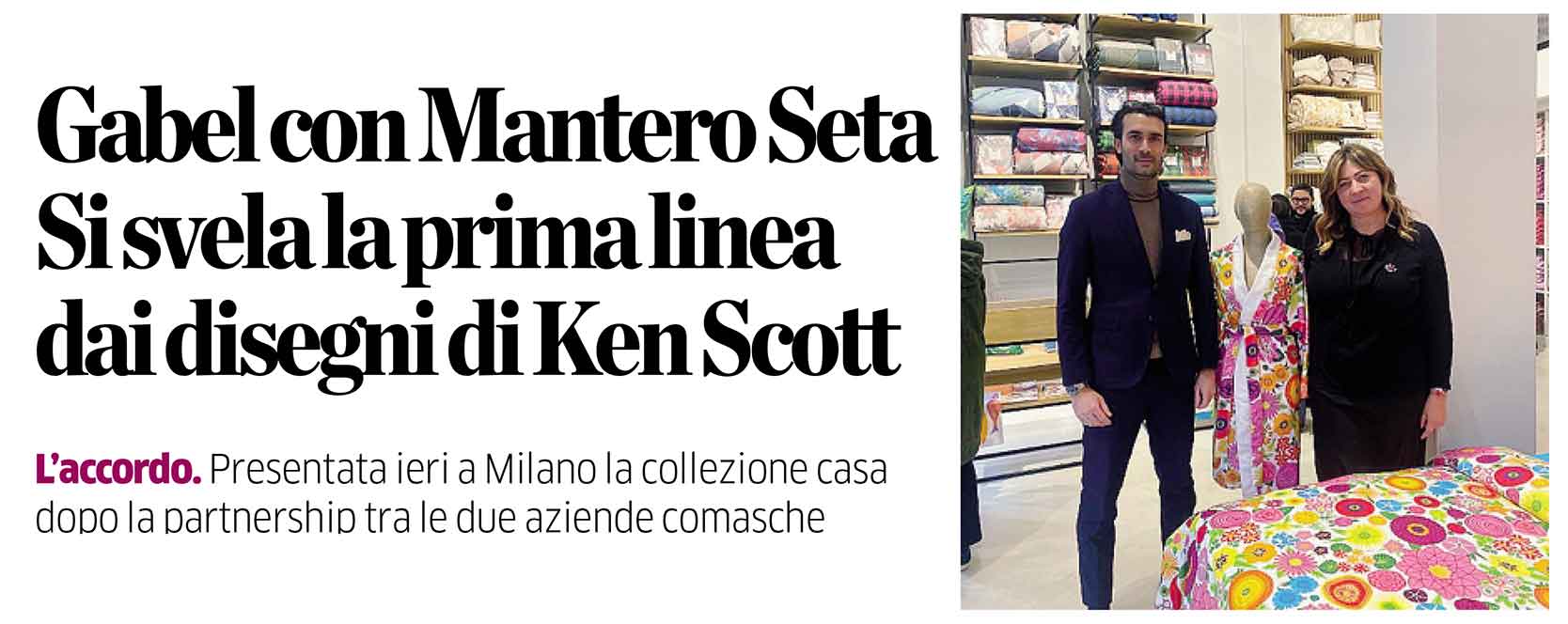For years we have been witnessing a real invasion of our marine ecosystem by plastic materials, a danger to our environment and our health.
A PLASTIC MOUNTAIN, WHERE DOES IT COME FROM?
Although it is defined as "marine waste", much of the plastic accumulated in the seas is produced in our homes, generated by daily, but also industrial activities, illegal landfills and incorrect disposal activities.
A PLASTIC MOUNTAIN, WHERE DOES IT COME FROM?
Although it is defined as "marine waste", much of the plastic accumulated in the seas is produced in our homes, generated by daily, but also industrial activities, illegal landfills and incorrect disposal activities.
All countries are responsible for this: the absolute largest producer is China, responsible according to the data of the European Association of Plastic Manufacturers for the production of 29% of the total plastics. Asia as a whole produces half the amount of plastic worldwide. Europe ranks second (19%), followed by North America (18%).
PLASTICS AND MICROPLASTICS: WHAT WE FIND ON THE BEACH (AND AT SEA)
But what exactly are the individual protagonists of this invasion? These are plastic bags (of all uses and sizes) bottles and caps, cotton swabs and cigarette butts. Many containers: various bottles, jerry cans, baskets.
But it is the microplastics, particles less than 5mm produced by the fragmentation of objects, that reach record concentrations in the Mediterranean, almost 4 times higher than those recorded in the "plastic island" of the North Pacific. By entering the food chain, these fragments threaten an even greater number of animal species and also put human health at risk.
POLLUTION OF PLASTIC IN THE OCEANS: A GLOBAL CRISIS
Large plastic or microplastic waste has been detected in every corner of the planet and the pollution of the oceans is taking on the proportions of a global crisis. An estimated 8 million tons of plastic are discharged into the oceans each year, generating an ever increasing threat.
If drastic measures are not taken in a short time, in 2050 there will be more plastic than fish in the oceans. Plastic will have a dramatic impact on the life of all marine animals: fish, dolphins, whales, sea turtles and seabirds get trapped daily, get sick, or are strangled and killed.
THE MEDITERRANEAN SEA AND THE PLASTIC ISLAND: HISTORY OF AN INVASION
The amount of plastic present in the "Mare Nostrum" is taking on biblical proportions: the concentration of waste in the Mediterranean is reaching the levels of the floating islands in the oceans, transforming it into a real "plastic trap". In this sea, which represents only 1% of the world's waters, 7% of the global microplastic is concentrated. Every day 750 tons of plastic end up in our sea, 570 thousand tons per year (33 thousand bottles of water). In the Mare Nostrum, plastic accounts for 95% of waste and 90% of damage to wildlife is caused by plastic and microplastic objects.
The Mediterranean countries that scatter the most plastic in the Mediterranean are Turkey (144 tons per day), followed by Spain (126), Italy (90), Egypt (77) and France (66).
LET'S SAVE THE SEA FROM PLASTIC POLLUTION: CONCRETE COMMITMENTS
In our daily lives, it has become essential to make concrete commitments to combat the pollution of our national and international waters (http://assets.wwfit.panda.org/downloads/plastics_med_finale_italia_def_low.pdf)
By now it is imperative to be able to reduce plastic waste and support a truly circular economy, which requires less use of packaging and the correct recycling and reuse of these objects: it will therefore be essential to develop an effective strategy for the industry aimed at completely eliminating the dispersion of plastic in the environment.
It will be equally important to reach 100% recycled plastic packaging by 2030 and to ban the use of disposable plastic, in addition to adopting "zero waste" company policies in production processes.
But the most important measures in this sense must be taken by individuals, in everyday life and on every occasion: choose objects made with natural and biodegradable materials, avoid the use of disposable products and be scrupulous in the separate collection, following in civilly and responsibly the indications of your municipality or city.
Supporting serious and certified companies will help reduce pollution and represents a concrete way of thinking about our seas, and more generally about the environment and the future of the next generations.
 Customer Service
Customer Service





 Find Store
Find Store








